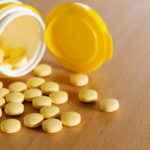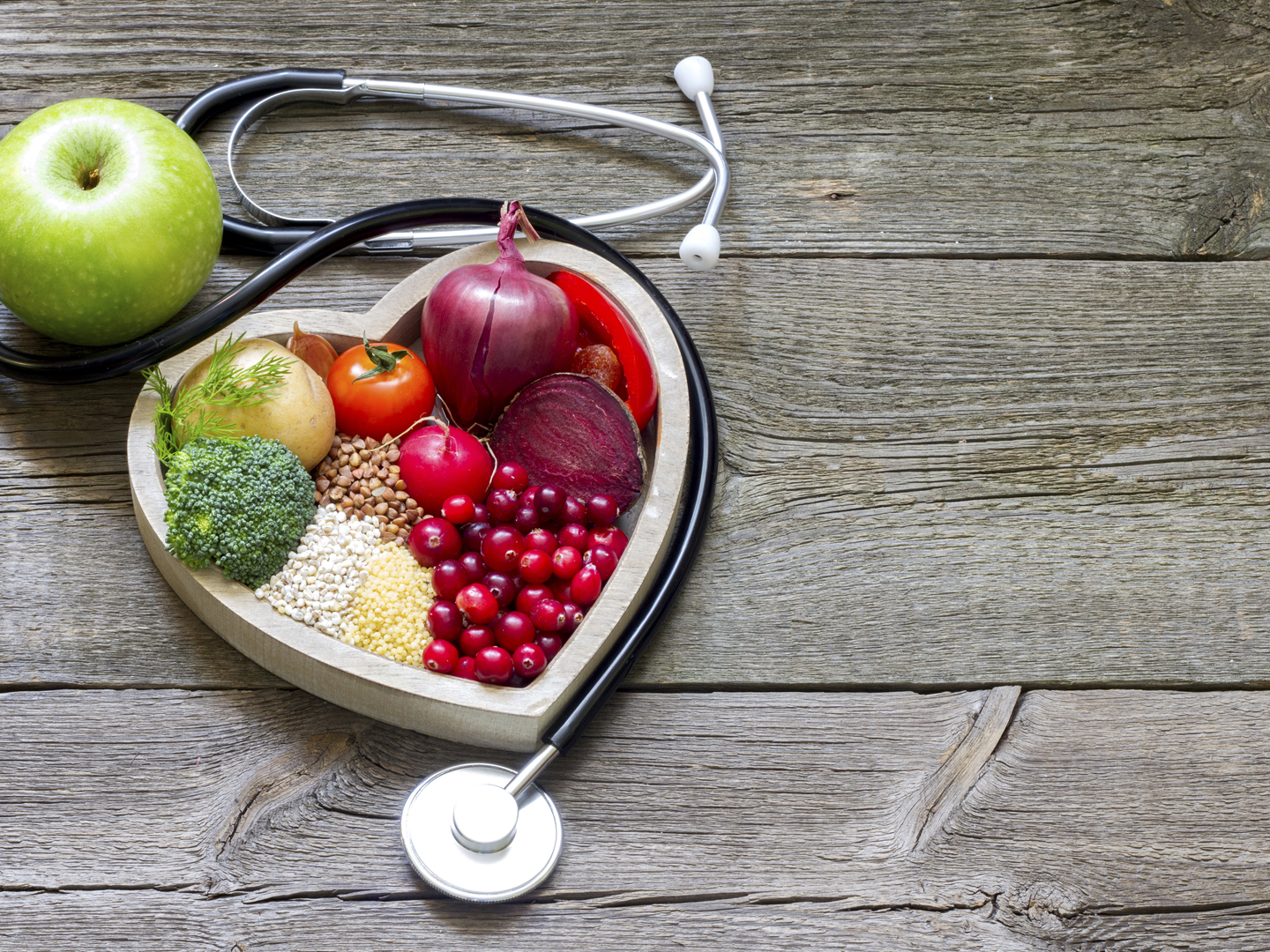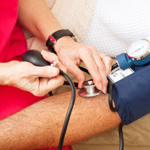Stroke: Lifestyle Changes For Risk Reduction

According to the American Heart Association, stroke is the third leading cause of death in the United States (when considered separately from other types of cardiovascular disease), accounting for about one out of every 14.5 deaths. Approximately three-fourths of stroke victims are over the age of 65, but a person can have a stroke at any age. Although stroke seems to affect as many men as women, more women die of a stroke than men in all age groups.
Causes & Factors Of Stroke
A stroke, also known as a cerebrovascular accident, is the death of brain tissue caused from a lack of blood flow and insufficient oxygen to the brain. The brain receives about 25 percent of the body’s oxygen supply from a continuous blood flow through the carotid arteries (that come up through both sides of the front of the neck) and the basilar artery (which forms at the base of the skull from the vertebral arteries).
There are two main classifications of strokes:
- Ischemic. The blood supply is cut off to part of the brain, either due to atherosclerosis or a blood clot. Infections, inflammation or certain medications can all contribute to ischemic strokes. These strokes are the most common type, causing about 80 percent of all stroke cases.
- Hemorrhagic. These strokes comprise the remaining 20 percent of cases. Hemorrhagic strokes are caused from a ruptured blood vessel, preventing normal blood flow and causing bleeding into an area of the brain. They can be the result of hypertension, which causes excessive pressure on the arterial walls that may already be damaged by arteriosclerosis. A ruptured aneurysm (the rupture of a weakened area in the blood vessel wall), can also cause a hemorrhagic stroke. There is an increased risk of hemorrhagic stroke in those whose blood has been made “too thin” by anticoagulant medications such as coumadin, or through the over-use of aspirin or other medications with blood-thinning properties.
Strokes have recently been termed “brain attacks” to convey the need for immediate action when one occurs. It only takes a short period of time without oxygen to cause damage to the brain.
Risk factors for stroke:
- Age. The risk of stroke increases with age, doubling after age 55.
- High blood pressure, diabetes, smoking and high cholesterol all impact circulation and vascular health and contribute to plaque and clot formation.
- History of atrial fibrillation.
- Clotting disorder.
- Use of replacement estrogen therapy or birth control pills.
Suggested Lifestyle Changes
- Control your blood pressure either through lifestyle changes or medication.
- Exercise. People who exercise consistently have a lower risk for having a stroke.
- If you smoke – quit.
- Limit alcohol intake. If you drink alcohol, do so only in moderation. Moderate alcohol intake is defined as no more than one drink per day for women and two drinks a day for men.
- Manage diabetes and keep tight control of blood sugar levels.
- Maintain healthy cholesterol levels.
Nutrition & Supplements
- Focus on your diet. Follow a diet designed for those with high blood pressure and heart disease – it may be helpful in preventing strokes.
- Consider calcium and magnesium. These minerals are helpful in controlling high blood pressure, one of the strongest risk factors for stroke. However I don’t recommend calcium supplements for men.
- People over age 75 who have atrial fibrillation may need treatment with a blood-thinning prescription pharmaceutical such as warfarin, or, if that is not an option, aspirin – ask your physician.











